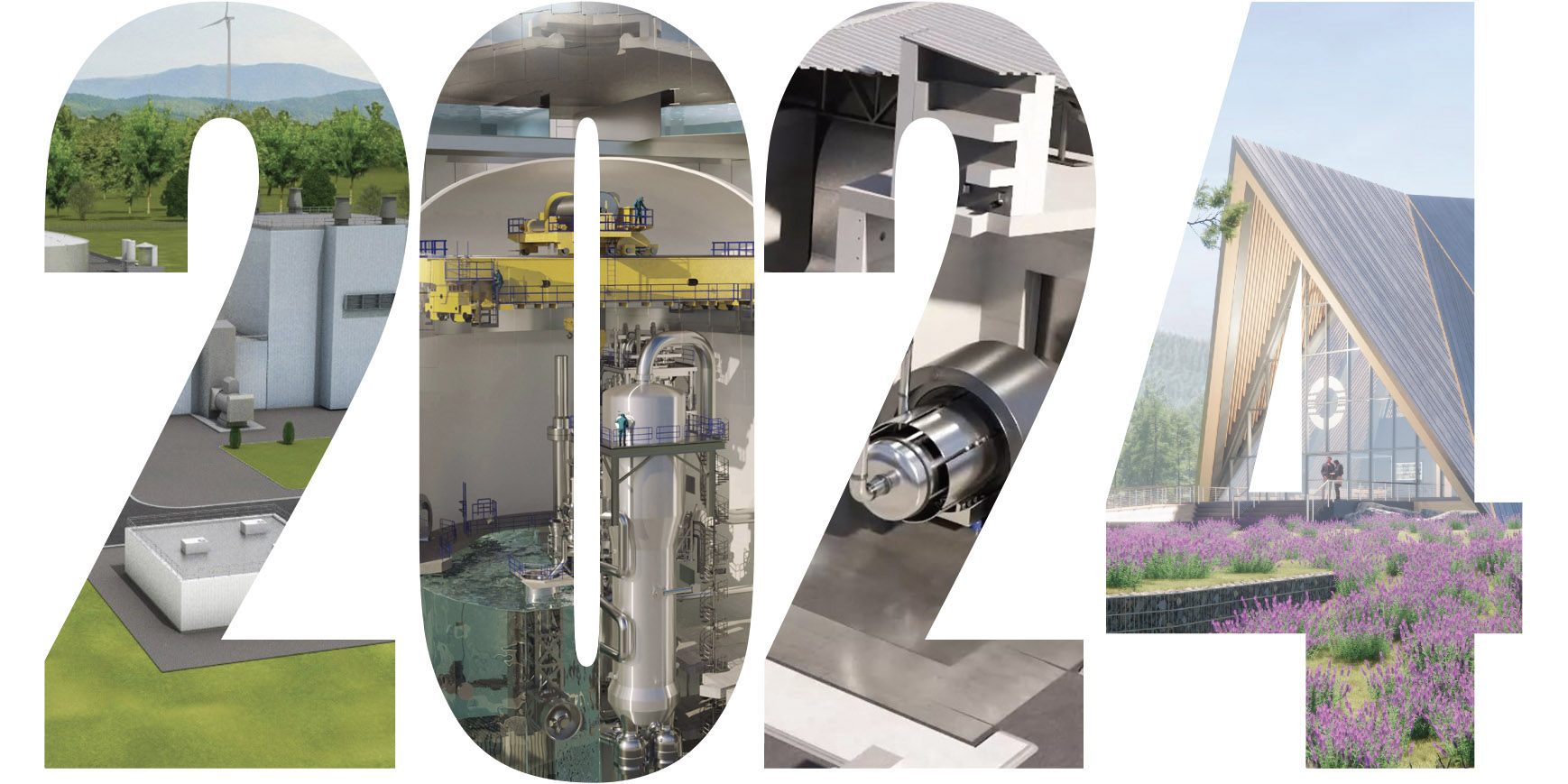Southern Nuclear’s Vogtle-4. (Photo: Georgia Power)
Vogtle Unit 4 synchronized and successfully connected to the electric grid on March 1, just two weeks after reaching initial criticality.
This milestone is one of the final steps to completing Southern Nuclear’s long-awaited Vogtle project, adding the second of two large-scale reactors to the United States’ fleet in as many years—the first such additions to that fleet in more than three decades.
Bulgaria’s Kozloduy nuclear power plant. (Photo: Gogo89873)
Bulgaria has shortlisted South Korea’s Hyundai Engineering and Construction team to build new reactors at Kozloduy nuclear power plant.
Of the five international companies to bid on the project, Hyundai E&C was the only one that met the requirements of project company Kozloduy NPP—New Builds Plc. for the commissioning and construction of two new Westinghouse Electric AP1000 reactors, the Bulgarian firm said. Bids were due February 2.
Vogtle-4, pictured in August 2023. (Photo: Georgia Power)
Georgia Power’s Vogtle-4, located near Waynesboro, Ga., reached initial criticality this week, hitting a major milestone in the start-up of the reactor.
The company announced the news on February 14. Initial criticality demonstrates that operators have safely started the nuclear reactor, or, in other words, the fission reaction within the unit is now self-sustaining and the nuclear reactor is ready to produce heat.
The Westinghouse fuel fabrication facility in South Carolina. (Photo: Westinghouse)
Hundreds of employees at the Westinghouse nuclear fuel fabrication facility in South Carolina are trying to form a union and join the International Brotherhood of Electrical Workers.
The Khmelnitskiy nuclear power plant, site of Ukraine's planned new reactors. (Photo: RLuts)
Ukraine plans to start construction on four new nuclear plants this summer or fall, the country’s energy minister said in televised remarks today.
The quicker timeline aims to compensate Ukraine for lost energy capacity as its war with Russia continues. Ukraine’s government, however, still needs to sign off on the plans.
“We need vessels,” said energy minister German Galushchenko.
A still from a video on Westinghouse Electric Company’s eVinci microreactor, one of seven advanced reactor technologies that received support in GAIN’s latest round of nuclear energy vouchers. (Image: Westinghouse)
The Gateway for Accelerated Innovation in Nuclear (GAIN) announced December 19 that seven firms will get vouchers to access the nuclear research facilities and expertise of the national laboratory complex in the first round of fiscal year awards. Each company is paired with one or more national laboratories to work on concepts from advanced reactor fueling to fuel recycling to climate forecasting.
The Carolinas-Virginia Tube Reactor site, circa 1963. (Photo: Duke Energy)
The Carolinas-Virginia Tube Reactor (CVTR), also known as Parr due to its location in Parr, S.C., was a 65-MWt (17-MWe) pressurized tube reactor. Construction began in January 1960, and the reactor reached initial criticality in March 1963. Commercial operation commenced in December 1963, and the reactor was permanently shut down in January 1967 after the test program was complete.
Westinghouse’s Fragman (left) and OPG’s Ken Hartwick at the World Nuclear Exhibition in Paris. (Photo: Westinghouse)
Westinghouse Electric Company and Ontario Power Generation have signed a memorandum of understanding establishing a framework to identify potential areas of cooperation for the deployment of nuclear technologies in Canada, the companies jointly announced this morning. (While based in Cranberry Township, Pa., Westinghouse is owned by Canadian firms Brookfield Asset Management and Cameco.)
eVinci Technologies president Jon Ball (left) and SRC president and CEO Mike Crabtree in front of a scale mock-up of an eVinci microreactor at SRC. (Photo: Westinghouse)
Saskatchewan premier Scott Moe yesterday announced C$80 million (about $59 million) for the Saskatchewan Research Council (SRC) to pursue demonstration of Westinghouse Electric Company’s eVinci microreactor technology.
The Dukovany nuclear power plant. (Photo: INSP)
Elektrárna Dukovany II (EDU II), a subsidiary of Czech utility ČEZ, has received final bids for the construction of a fifth reactor at the Dukovany plant, as well as nonbinding bids for three additional units to be sited at Dukovany and at Temelín, the Czech Republic’s other nuclear power facility. (Dukovany currently houses four Russian VVER-440/V213 pressurized water reactors, while Temelín is home to two VVER-1000/V320s.)

















